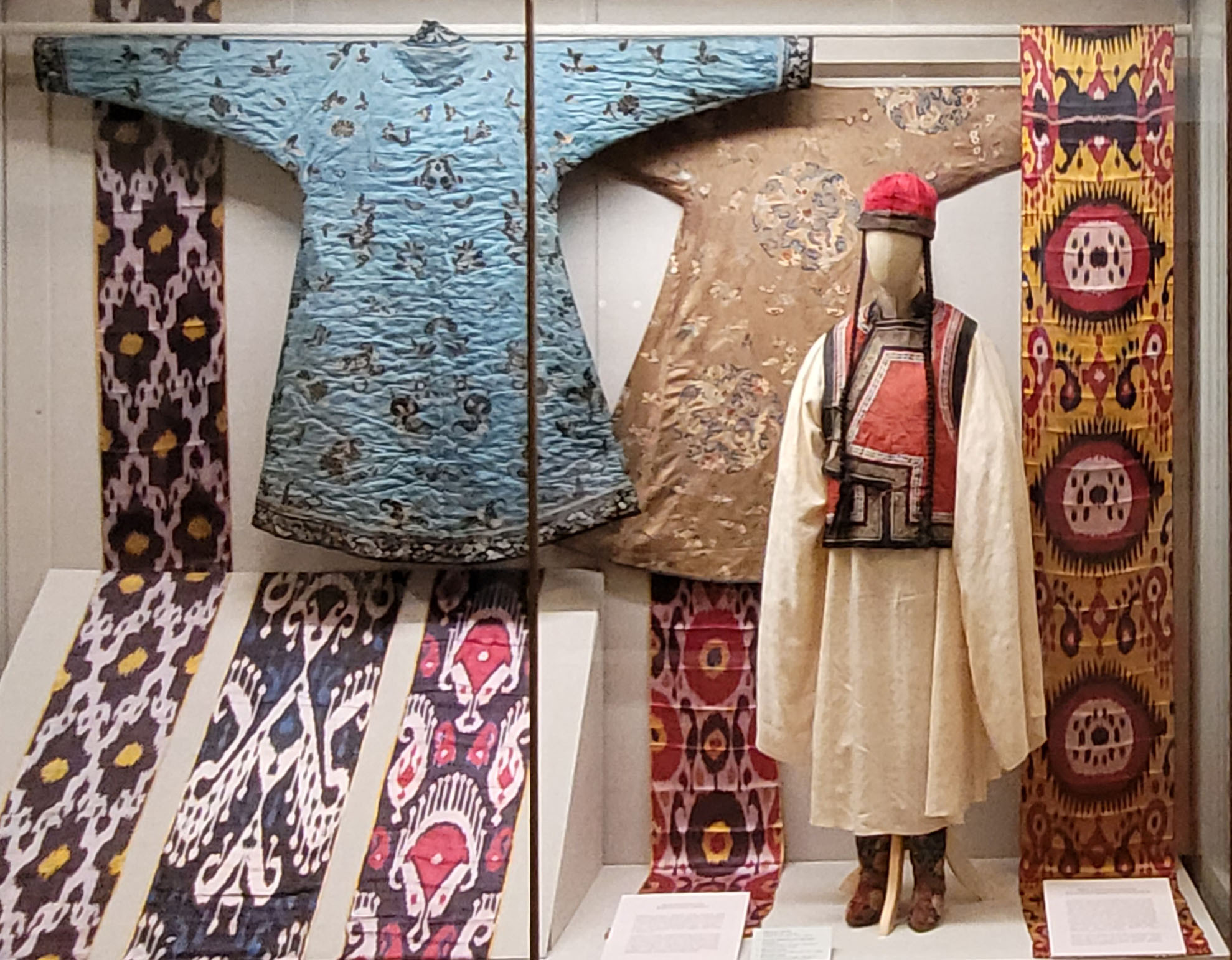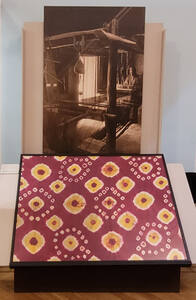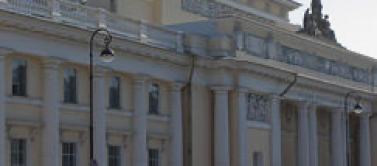Silk in the Culture of Central Asia and Eastern Turkestan

Sericulture of the Fergana Oasis
From ancient times, the Fergana Valley was one of the largest sericulture centers in Eurasia. It had all the necessary natural conditions for silk farming, and the location on the main route of the Great Silk Road contributed to growing popularity of this occupation. In the early 20th century, the Fergana Oasis production of silk fabrics offered a variety of silk and semi-silk fabrics, including satin ones. Satins were exclusive to the region and were not produced in other silk centers of Central Asia.
The Fergana Oasis specialized in manufacturing a thin lightweight fabric of duriya which had only 4 silk fibers per thread. The raw silk material for this fabric was not boiled, unlike other types of silk, but the fabric itself was. It was woodblock-printed or tie-dyed.This technology was brought to the Fergana Valley by the weavers from Merv, one of the Iranian sericulture centers. Duriya is similar to the fabric of kelaghayi common across the North-Eastern Caucasus.
Fabric sample. Kokand, Fergana Region. Last third of the 19th century. Uzbeks
Silk in the Uyghur Culture of East Turkestan (Xinjiang)
Silk farming has long occupied a prominent place in the Uyghur culture of Turkic Muslims of Eastern Turkestan (Xinjiang). The legendary Silk Princess who secretly brought the mulberry seeds and silkworm cocoons from China was the wife of ruler of Khotan, one of Xinjiang states, located on the way of the Great Silk Road, which brought great benefits to the local cities. In the Early Modern Period, political instability in Xinjiang hindered the development of sericulture. The region annexation by the Qin Dynasty (1875) contributed to popularization of Chinese silk fabrics in the Uyghur tradition. Women’s dresses and sleeveless jackets were sewn from monotone fabrics; the patterns were formed by changing of the weaving method. The leading motif in the ornaments of such fabrics was the stylized hieroglyph show (‘longevity’) that was placed only on fabrics intended for women’s clothing.
Embroidery made with the finest multicolor silk threads played a large role in the decoration of the Uyghurs’ clothing. Men’s and women’s festive robes were made of silk satin that served as a gorgeous background for satin stitch patterns. Even women’s boots would be embroidered back in the day.
Fabric samples. Kokand, Fergana Region. Last third of the 19th century. 1902. Uzbeks
1. Girl’s or young woman’s attire. Kashgar Oasis, Xinjiang, Chinese Empire. Late 19th century. Uyghurs
2. Women’s gown. Fergana Region. Last third of the 19th century. Uzbeks
3. Women’s gown. Kashgar Oasis, Xinjiang, Chinese Empire. 2nd half of the 19th century. Uyghurs




